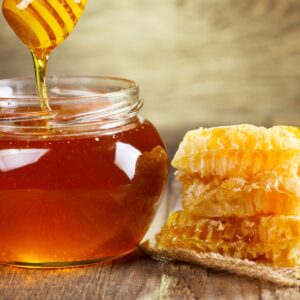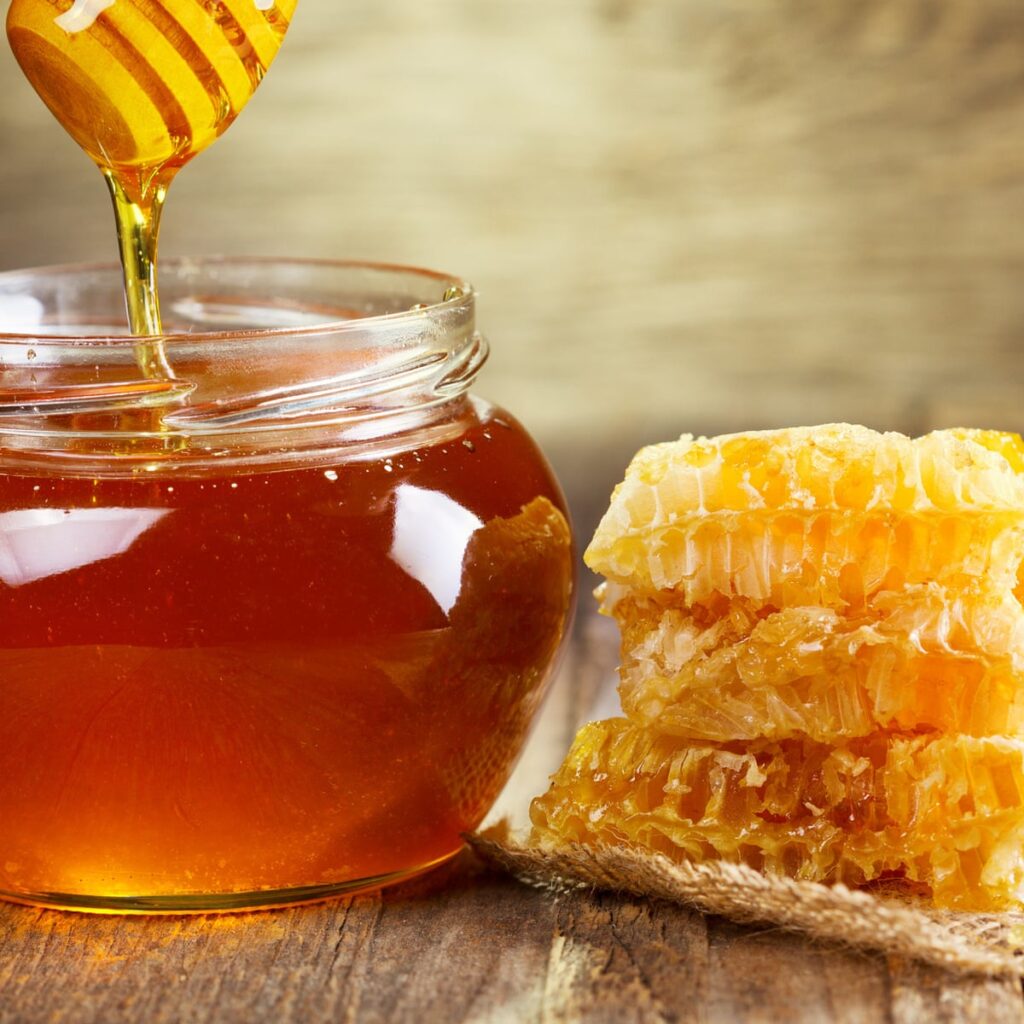
For centuries now, honey has been used as an effective remedy for the management of partial-thickness burns, decubitus (pressure) and stomach ulcers, diabetic foot ulcers, infected wounds from surgery, sore mouth and throat, and even in ophthalmology.
In recent times, there has been renewed interest in the medicinal properties of honey and its efficacy as a biologic remedy.
Much of the research on honey are being carried out by a team of researchers working at the Waikato Honey Research Centre in New Zealand and so far, there have been a lot of fascinating discoveries on the biologic effectiveness of honey, especially the one harvested from Manuka trees (Leptospermum spp), in the management of certain conditions. The effectiveness of honey is manifested in both its physical and chemical properties and activities.
Anti-inflammatory Activity
Honey has a long history of use as an anti-inflammatory agent. The ancient Greek physician and pharmacologist, Pedanus Dioscorides, used honey to treat sunburn and spots on the face, as well as to heal inflammation of the throat and tonsils. In the modern era, there have been numerous observations of honey applied to inflammed wounds and burns resulting in reduced oedema and exudate, providing a soothing effect, and minimizing scarring. In clinical trials on burns comparing honey with Silver Sulfadiazine, honey showed decreased levels of the inflammation marker malondialdehyde, and a reduced number of inflammatory cells present in biopsy samples. The anti-inflammatory activity of honey has also been demonstrated in clinical trials to reduce mucositis (mouth sore) in radiotherapy of head and neck cancers, and in the treatment of gingivitis, dyspepsia, pruritis, and ophthalmological inflammatory conditions.
A small study reported that there were no major discrepancies between the outcomes of the medication eye drop (Uniflox) and honey eye drop (Abies spp) when given five times daily for 7 days before and 5 days after eye surgery. The well-documented anti-inflammatory activity of honey has been attributed to the presence of phenolic compounds from plants, however, no correlation was found between the level of anti-inflammatory activity observed in various honey types and the phenolic compounds present.
A wide range of honey varieties were tested for anti-inflammatory activity. They include: pasture honey, clover honey, manuka honey, buttercup honey, beech honey, dew honey etc.
Wound Healing
Honey has been used as a wound dressing for thousands of years but only in more recent times has a scientific explanation become available for its effectiveness. It is now realized that honey is a biologic wound dressing with multiple bioactivities that work in concert to expedite the wound healing process.
Some reports suggest that topical application of honey on otherwise non-healing Diabetic Foot Ulcers (DFUs) improves healing, even when the wound is infected by methicilin-resistant staphylococcus aureus (MRSA), Vancomycin-resistant Enterococcus (VRE), or pseudomonas infection. In one report, a previously non-healing diabetic foot ulcer healed completely after applying supermarket honey under dressings used on the wound for 6-12 months. The leg was eventually saved from amputation.
An observational study where 20 patients with spinal cord injuries who had decubitus ulcers were treated with manuka honey, swabs retrieved after 4 weeks surprisingly showed absence of bacterial growth. 18 out of the 20 patients were healed completely with honey.
The physical properties of honey also improve healing. Its acidity (PH around 3.9) increases the release of oxygen from haemoglobin, thereby making the wound environment intolerant to the activities of destructive proteases. The high osmolarity and hygroscopy of honey enables it to draw fluid out of the wound bed to create an outflow of lymph as occurs with negative pressure wound therapy. Honey prevents the formation of eschar in partial thickness burns as opposed to Silver Sulfadiazine which rather forms eschar. Clinical trials have also vindicated the use of honey in the treatment of necrotizing fascitis around the genital region. It is also remarkably more effective than hydrogel in wound debridement.
Antibacterial Activity
Honey has a broad spectrum antibacterial effect, although there are marked variations in its potency between different honeys. There are two types of antibacterial honey activity. In most honeys, the activity is due to its hydrogen peroxide content, much of which is inactivated by the enzyme catalase present in blood, serum and wound tissue. In Manuka honey, which is regarded as best for this and most other medicinal purposes, the activity is due to its methylglyoxal content, which is not inactivated by catalase or serum dilution. The manuka honey used in wound care retains the potency of its antimicrobial activity, the presence of wound exudate notwithstanding.
There is good evidence that honey has bioactivities that stimulate immune response, thus promoting growth of tissue for wound repair and initiating rapid autolytic wound debridement.
Other applications of honey may include:
Fertility: A research suggests that applying a combination of Egyptian bee honey and royal jelly in the vagina increases pregnancy rates.
Ulcers: Manuka honey is effective in the healing of ulcers caused by Helicobacter Pylori bacteria.
Hemorrhoids: A mixture containing honey, olive oil and beehive relieves pain, itching, and reduces bleeding in hemorrhoids.
Cholesterol Control: Taking 75 grams of of honey daily for 14 days lowers Low-Density Lipoproteins (LDL) cholesterol in women with high cholesterol.
Diabetes: Some evidence suggests that daily honey intake reduces peaking blood sugar levels, cholesterol levels and weight gain in people with diabetes.
Exercise: Honey has been shown to improve performance when taken during exercise as it contains good carbohydrate.
Cough: Taking a small amount of honey at bedtime appears to reduce the frequency of coughing spells in children age 2 and older. Honey is as effective as the cough suppressant dextromethorphan in typical over-the-counter doses.
As studies progress on the biologic relevance of honey, there is strong belief that it could emerge as a safe and reliable biologic elixir in wound management and for several other medicinal uses.
Written by
Ukabuilu Chukwuka O.

